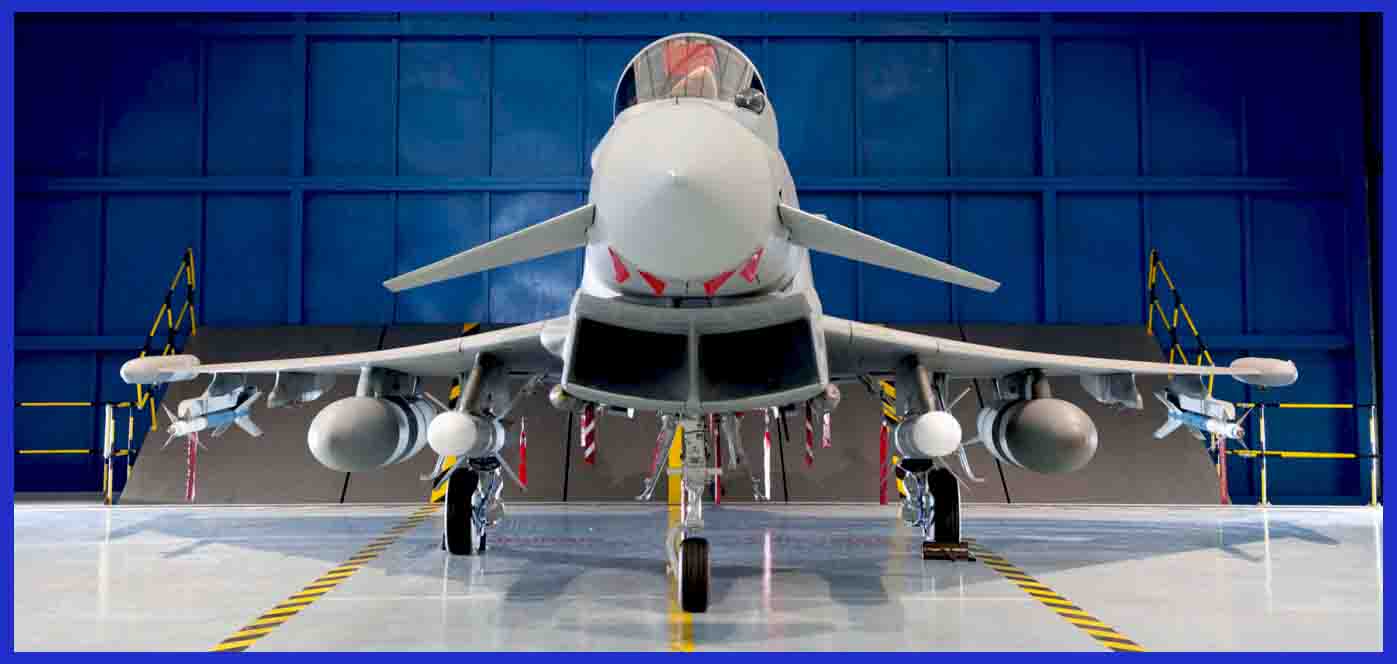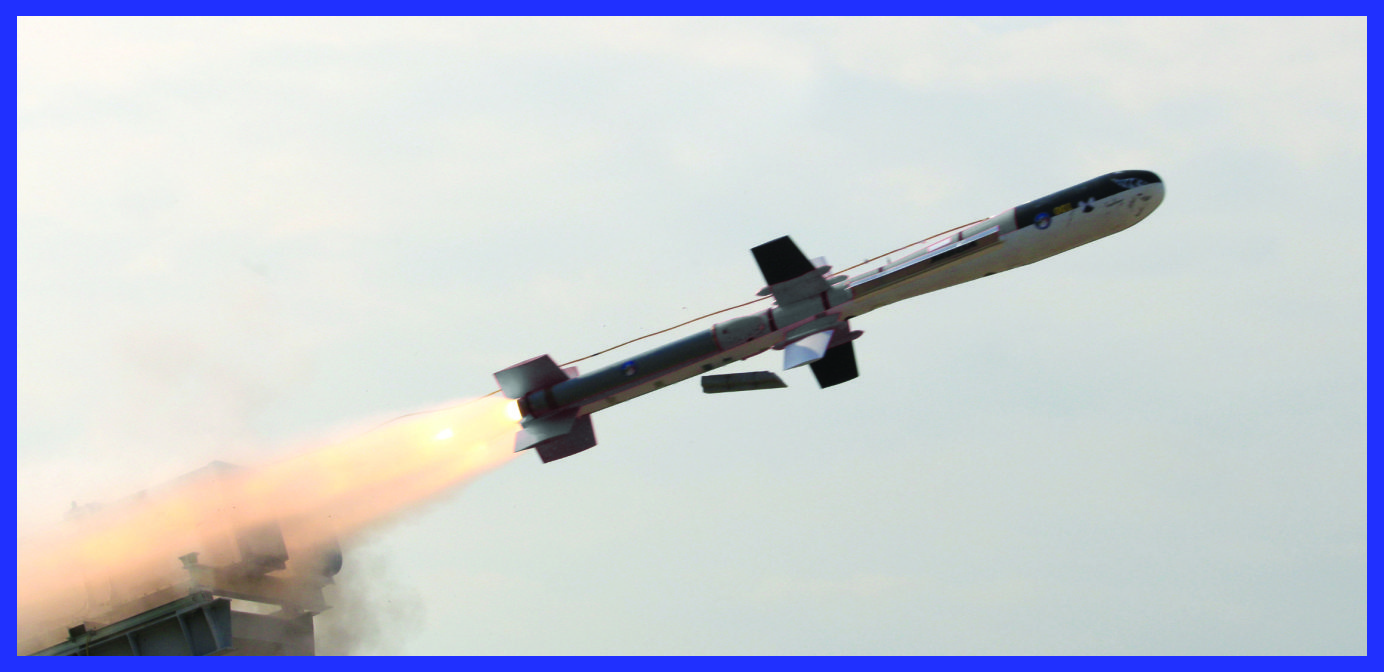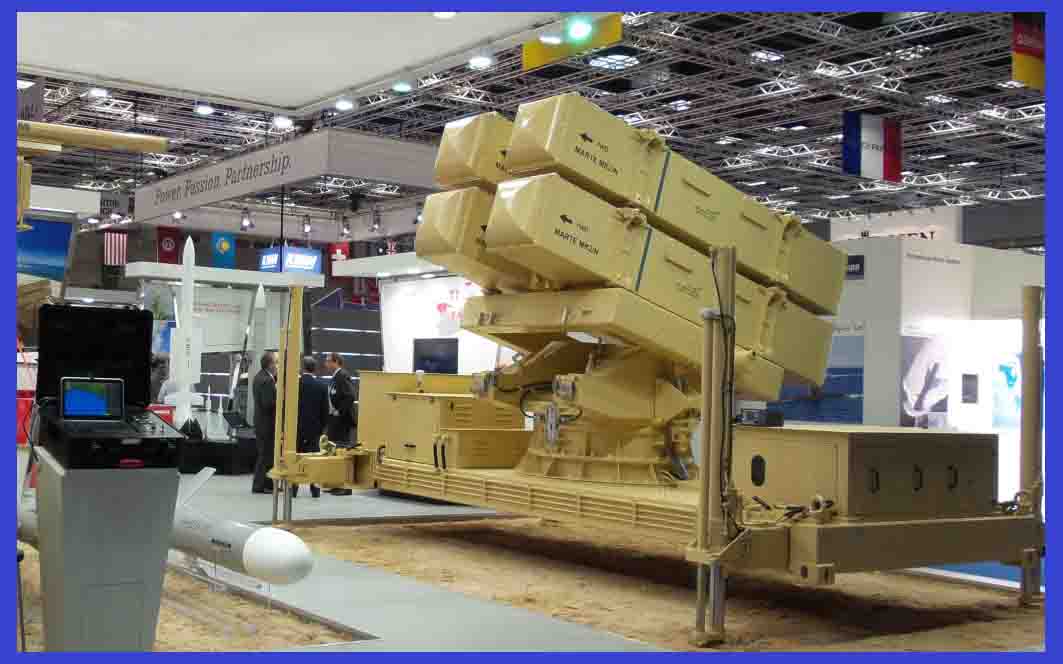It is also known as the “Sea Killer” within the Italian anti-ship missile family. This missile is equipped with a 70 kg (150 lb) semi-armor-piercing warhead. MBDA has developed several versions of the Marte missile, each with differing guidance systems, making it suitable for launching from both ships and aircraft.
The Marte ER boasts an advanced guidance system that combines beam riding, GPS, and active radar homing, ensuring precise targeting and striking of enemy ships. It has a range exceeding 100 km (62 miles), allowing it to engage naval threats from a significant distance.

Development of the Marte Anti-Ship Missile (AShM)
In 1963, the Swiss arms firm Oerlikon Contraves’ Italian subsidiary Contraves Italiana initiated the development of Nettuno, a short-range anti-ship missile system designed for ship-based use with a range of 10 km. This missile followed a guidance system based on beam riding, and it incorporated an inbuilt radar altimeter to autonomously adjust its altitude, allowing it to execute low-altitude attacks over the ocean’s surface.
In case of jamming or other interference affecting the beam-riding guidance, command guidance served as a backup control method. Simultaneously, Contraves Italiana was working on an improved missile, codenamed Vulcano, in 1965. While it retained the same guidance system, it featured a two-stage rocket motor that extended its range to 25 km.

Enhancement of Development: MARTE ER (Extended Range) Version

- Able to withstand all weather
- The safest stand-off engagement distances for helicopters
- Launch helicopter exposure must be kept to a minimum with quick disengagement and little on-task time (fire and forget missiles, launch on external targeting, covert operations).
- Profile of a flight over the sea
- Mid-autonomous, fire-and-forget launch with mid-course guidance

Mobile Coastal Defense System (MCDS): This land-based coastal protection system is equipped to launch both Marte MK2/N and Marte ER missiles. For the full range of Marte ER’s capabilities, the system requires mid-course guidance.
The final addition to the MARTE family of systems, which already includes the MARTE MK2/N Naval version, MARTE MK2/S Helicopter version, MARTE MK2/A Light Combat Aircraft version, and the MARTE ER for helicopters and fast jet aircraft, is the MARTE MK2 Mobile Coastal Defense System (MCDS).
The primary objectives of the MARTE MK2 MCDS are:
- Interception of hostile ships in territorial waters
- Surveillance of maritime coastal traffic
Alongside Italy, six other nations are also utilizing this weapon system. These nations include Iran, Qatar, Senegal, Turkmenistan, UAE, and Venezuela

Technical Specifications of the Marte ER and MK2
- Weight: Marte ER: 340 kg ( 750 lb ) and Marte MK2/S, Marte MK2/N: 310 kg ( 680 lb )
- Length: Marte ER: 11 ft 10 in ( 3.6 m ) and Marte MK2/S, Marte MK2/N: 12 ft 8 in ( 3.85 m )
- Diameter: 12.4 in ( 316 mm )
- Wingspan: 3 ft 3.3 in
- Warhead: 70 kg ( 150 lb ) Semi-armour piercing HE ( High Explosive )
- Detonation mechanism: Impact and proximity fuze
- Range: Marte ER: over 100 km (62 mi) and Marte MK2/S, Marte MK2/N: 30 km (19 mi)
- Speed: High subsonic, Mach 0.9
- Operation: Day, Night or Adverse weather
- Accuracy: 3 m CEP
- Guidance system: Active radar homing
- Launch Platform: Naval ships, aircraft, helicopters and coastal installations
Alongside this article, seize the exclusive opportunity to acquire a 1/72 scale premium diecast model of a Eurofighter Typhoon FGR4, Multirole Combat Fighter. These extraordinary and renowned military aircraft, celebrated as the pinnacle of advanced and sophisticated fighter planes, are currently available for purchase through AirModels with global delivery options. Act promptly to secure these exceptional models before the limited stock is depleted.

In conclusion, the Marte Anti-Ship Missile (AShM) stands as a testament to the enduring commitment to innovation and precision in the field of military technology. Developed by MBDA, this family of missiles has evolved over the years, with each variant representing a leap forward in naval warfare capabilities. From its early iterations to the state-of-the-art Marte ER (Extended Range), the system has consistently demonstrated accuracy and effectiveness in engaging a wide range of naval targets.
The story of the Marte AShM serves as a testament to the enduring pursuit of excellence in military technology, where precision, range, and adaptability continue to be the cornerstones of naval deterrence and defence.
Important Announcement for Our Valued Readers!
After an article is published, it is possible that updates or changes may have occurred beyond the time of publication. Therefore, it is important to be aware that certain information in the article might be outdated. To ensure the most accurate analysis, it is highly recommended to verify the content with the latest sources available.
However, we are dedicated to delivering outstanding articles on military products and global updates. Maintaining quality and smooth operation requires resources. Your support sustains our efforts in providing insightful content. By purchasing high-quality products through our affiliated links, you help us keep our platform alive and acquire top-notch items. Your unwavering support is invaluable and inspires us to strive further.
We welcome your suggestions and requests for more information, as we value feedback from our readers. If there’s specific defence material or equipment not covered on our site, please share your request in the comments. We’ll strive to research and provide the required information. We sincerely thank you for your unwavering interest in our website, and we eagerly anticipate hearing from you! Enjoy your reading experience!
